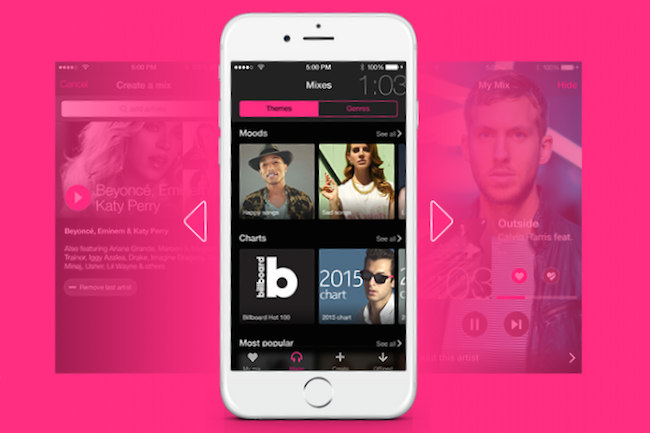
The service was developed by Nokia in 2007, and became part of the company’s sale to Microsoft in April 2014. Since Microsoft already had Xbox Music, the company decided to sell the service to Line, which purchased the service in December 2014.
Even though MixRadio is expanding beyond Windows Phone, MixRadio CEO Jyrki Rosenberg says, “We will also continue to deliver a great service to existing users on Windows Phone.”
The music service features a 35 million track catalog and comes with 10,000 pre-made playlists that includes track lists from artists like Lana Del Rey, Rihanna, and Lady Gaga. MixRadio allows free streaming of playlists and is available in 31 countries, including the U.S., Brazil, India, and China.
As of right now, MixRadio is operating an ad-supported service only. Hopefully, in the future, the company will let users purchase subscriptions to get rid of the ads.
“Everyone loves music but everyone has a different taste,” Rosenberg told TechCrunch. “We believe most users would love a service that plays music that they like, but how many people have time [to create and develop their own playlists].”
MixRadio is also announcing a new partnership with HTC, which will integrate with HTC’s BlinkFeed. MixRadio will provide music news in BlinkFeed based on a user’s listening habits. MixRadio will still give users the ability to listen to personalized mixes offline.
Currently, the music streaming world is rapidly changing and growing to include more competitors. MixRadio launches its iOS and Android apps ahead of Spotify’s press conference tomorrow, and the relaunch of Apple’s Beats music service is also happening next month.
You can download MixRadio for iOS and Android on the App Store and Google Play Store, respectively.
Editors' Recommendations
- iOS 18 could make my iPhone look like Android, and I hate it
- Apple just released iOS 17.4. Here’s how it’s going to change your iPhone
- One of our favorite Android phones just got its own iMessage app
- iOS 17 is official, and it’s going to totally change your iPhone
- Your iPhone could steal this Pixel Tablet feature when it gets iOS 17


